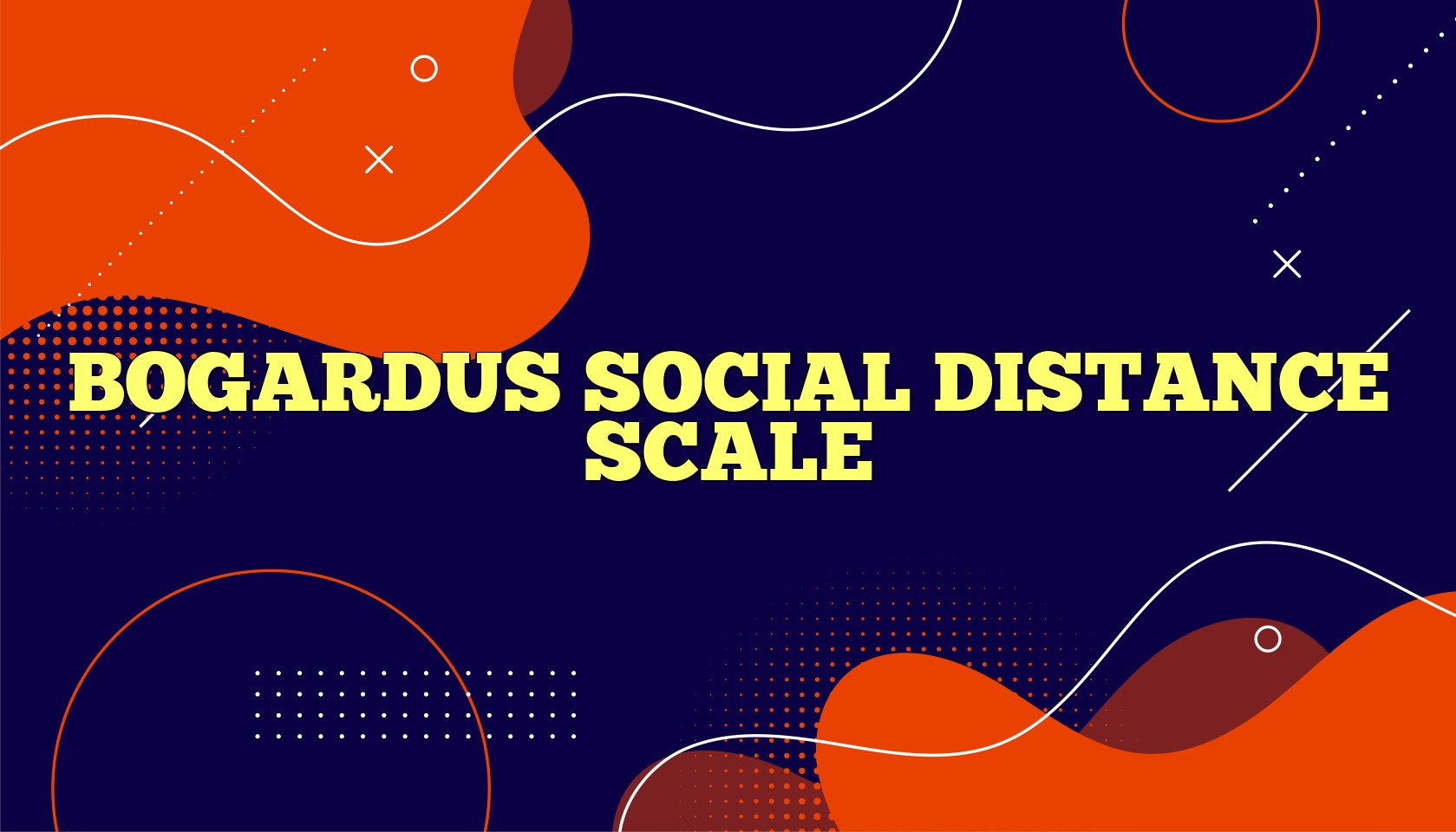The Bogardus Social Distance Scale is a widely used tool in social psychology that measures the level of social distance individuals have towards different racial, ethnic, and religious groups. It was developed by sociologist Emory S. Bogardus in the early 20th century and has been used in various research studies to examine intergroup attitudes and perceptions. The purpose of this scale is to provide a systematic and quantitative way of assessing social distance and understanding the underlying factors that contribute to it. In this essay, we will explore the history, purpose, and methodology of the Bogardus Social Distance Scale and its significance in understanding intergroup dynamics.

The Bogardus Social Distance Scale is a psychological testing scale created by Emory S. Bogardus to empirically measure people’s willingness to participate in social contacts of varying degrees of closeness with members of diverse social groups, such as other racial and ethnic groups, sex offenders, and homosexuals.
The scale asks people the extent to which they would be accepting of each group (a score of 1.00 for a group is taken to indicate no social distance):
- As close relatives by marriage (score 1.00)
- As my close personal friends (2.00)
- As neighbors on the same street (3.00)
- As co-workers in the same occupation (4.00)
- As citizens in my country (5.00)
- As only visitors in my country (6.00)
- Would exclude from my country (7.00)
The Bogardus Social Distance Scale is a cumulative scale (a Guttman scale), because agreement with any item implies agreement with all preceding items. The scale has been criticized as too simple because the social interactions and attitudes in close familial or friendship-type relationships may be qualitatively different from social interactions with and attitudes toward relationships with far-away contacts such as citizens or visitors in one’s country.
Research by Bogardus first in 1925 and then repeated in 1946, 1956, and 1966 shows that the extent of social distancing in the US is decreasing slightly and fewer distinctions are being made among groups. A Web-based questionnaire has been running since late 1993. Internet users are encouraged to submit their responses here where the maintainer of this site has posted at least two papers that update research on social distance.
For Bogardus, social distance is a function of affective distance between the members of two groups: ‘‘[i]n social distance studies the center of attention is on the feeling reactions of persons toward other persons and toward groups of people.’’ Thus, for him, social distance is essentially a measure of how much or little sympathy the members of a group feel for another group. It might be important to note that Bogardus’s conceptualization is not the only one in the sociological literature. Several sociologists have pointed out that social distance can also be conceptualized on the basis of other parameters such as the frequency of interaction between different groups or the normative distinctions in a society about who should be considered an “insider” or “outsider.”